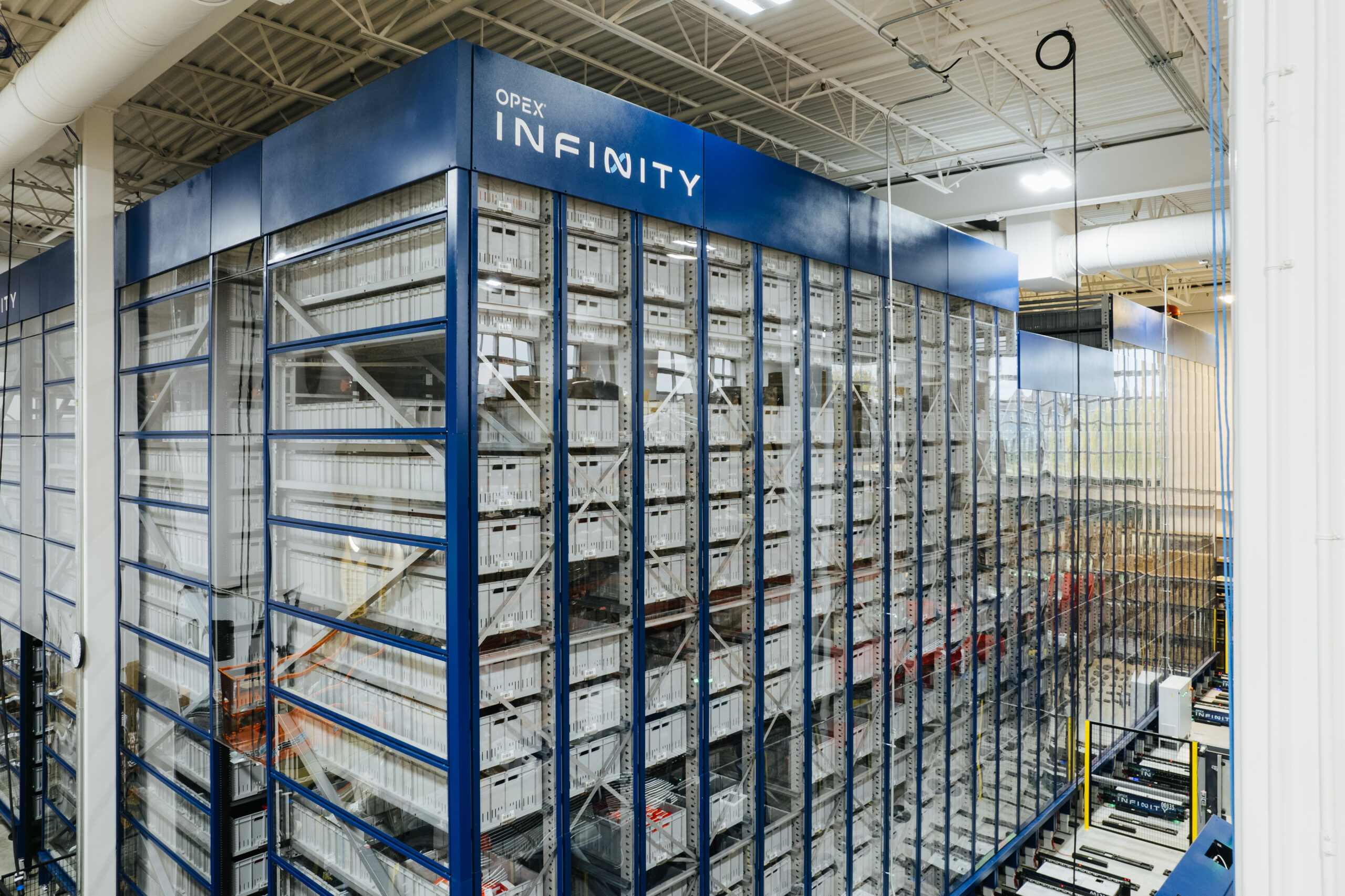Here are the top 10 ways Robotic process automation (RPA) can boost your business
Organizations are continually looking for new methods to improve efficiency and productivity in today’s quickly changing business landscape. Robotic Process Automation (RPA) has emerged as a game-changing technology that empowers businesses to streamline their operations, reduce manual labour, and achieve higher levels of performance. RPA in business involves using software robots or “bots” to automate repetitive and rule-based tasks, enabling human employees to focus on more strategic and creative endeavours. In this article, we will delve into the top 10 ways RPA boosts business efficiency and productivity.
1. Enhanced Accuracy and Reduced Errors:
Human mistakes are unavoidable in any manual operation. RPA eliminates this risk by executing tasks with pinpoint accuracy, virtually eliminating the possibility of errors caused by fatigue, distraction, or oversight. This ensures consistent and error-free operations, leading to improved data quality and customer satisfaction.
2. Increased Speed and Efficiency:
RPA bots operate at unmatched speed, completing tasks in a fraction of the time it would take a human. This swift execution leads to faster process completion, reduced cycle times, and enhanced overall operational efficiency.
3. Cost Savings:
By automating routine tasks, organizations can significantly cut labour costs associated with manual processes. RPA not only reduces the need for extensive human intervention but also frees up valuable employee time to focus on strategic initiatives that drive business growth.
4. Scalability and Flexibility:
RPA offers unparalleled scalability, allowing businesses to easily scale up or down based on demand. Whether it’s handling a surge in transactions during peak periods or adapting to changing business requirements, RPA can swiftly adjust to accommodate these fluctuations.
5. Improved Customer Experience:
Efficient and error-free processes facilitated by RPA translate into improved customer experiences. With quicker response times and accurate data handling, businesses can provide better service, leading to higher customer satisfaction and loyalty.
6. Enhanced Compliance and Governance:
RPA ensures adherence to regulatory standards and company policies by executing tasks consistently and within defined guidelines. This minimizes the risk of non-compliance and associated penalties, contributing to a more secure and well-governed business environment.
7. Data Accuracy and Insights:
RPA generates valuable data insights by capturing and analyzing process data in real-time. These insights enable informed decision-making, identify process bottlenecks, and pave the way for continuous process improvement.
8. Human Resource Optimization:
By automating routine and repetitive tasks, RPA liberates human employees from mundane activities, allowing them to focus on tasks that require creativity, critical thinking, and emotional intelligence. As a result, employees are more engaged and driven.
9. Rapid Return on Investment (ROI):
RPA implementation often yields rapid ROI due to its ability to deliver cost savings and process improvements quickly. Organizations can reinvest the saved resources into strategic initiatives that fuel business growth.
10. Seamless Integration with Existing Systems:
RPA can be seamlessly integrated into existing IT systems, without the need for a complete overhaul of infrastructure. This ensures a smooth transition and allows businesses to leverage their previous technology investments.
Conclusion:
Robotic Process Automation has emerged as a transformative technology that offers businesses a wide array of benefits. From increased accuracy and speed to cost savings and improved customer experiences, RPA has the potential to revolutionize how organizations operate. By automating routine tasks, RPA empowers employees to focus on higher-value activities, driving innovation and growth.










